Living Your Best Life
What if things
could be different?
You deserve to
feel amazing!
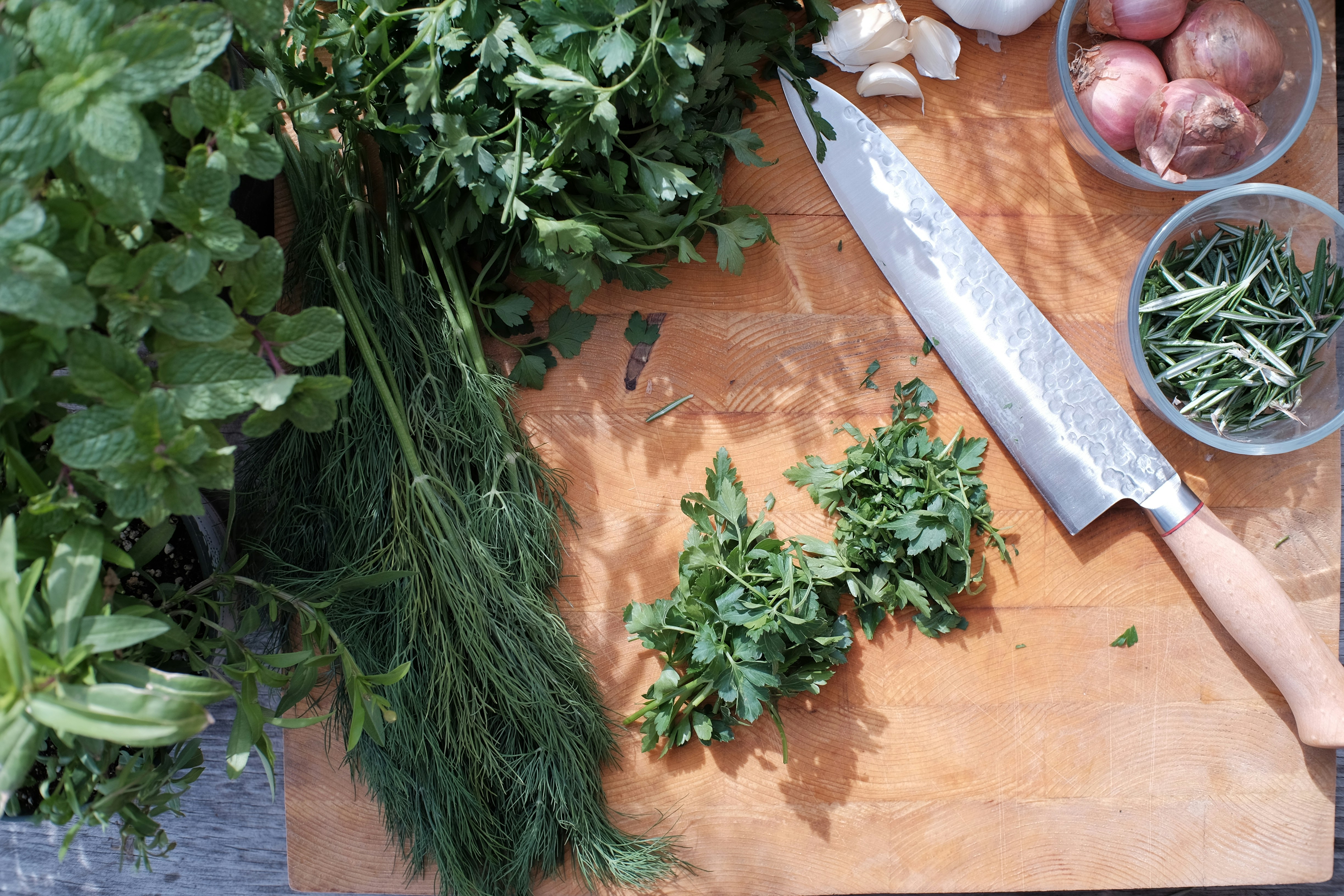
Your Kitchen Pharmacy
For thousands of years, people have turned to plants to help heal. Whether it’s healing from a burn, a cold, or a heartache, plant medicine is a wonderful addition to our wellness tool belts.
There are a multitude of plants to work with, each with a variety of properties that impact our bodies in several ways. All of the plants I’ll cover can easily be found in the spice section at your local grocery store or at a local nursery to grow your own.
One note: please please please buy organic when purchasing plants for medicine, whether fresh from the nursery or in the spice aisle at the supermarket. And when growing at home, for the love of all things holy, whatever you do don’t use chemicals on your plants. Medicine doesn’t include RoundUp – and don’t even get me started on GMOs and Monsanto as a company.
Okay, now that I’ve stepped off of my soapbox, let’s step into the world of a homegrown pharmacy – or farmacy, if you’d prefer.

Let’s begin our plant journey with the delightful chamomile. Safe and effective for babies and elders alike, the flowers of this lovely plant are used to treat indigestion, tension, muscle spasms, colic, inflammation, and arthritis. It also supports the nervous and digestive systems and can be blended with lemon balm (see below) to calm the nervous system even more. To make a delicious tea, simply steep some flowers in boiling water, then sip when cooler. This would be great about 45 minutes before bed to help you snooze peacefully. You can also toss a couple handfuls into your bath water and have a nice soak (remember: your skin is your biggest organ, so let the healing happen on a bigger scale while you relax even more!). If you’re not in the mood to create your own tea situation, there are plenty of pre-bagged options readily available for you at your local grocery store.
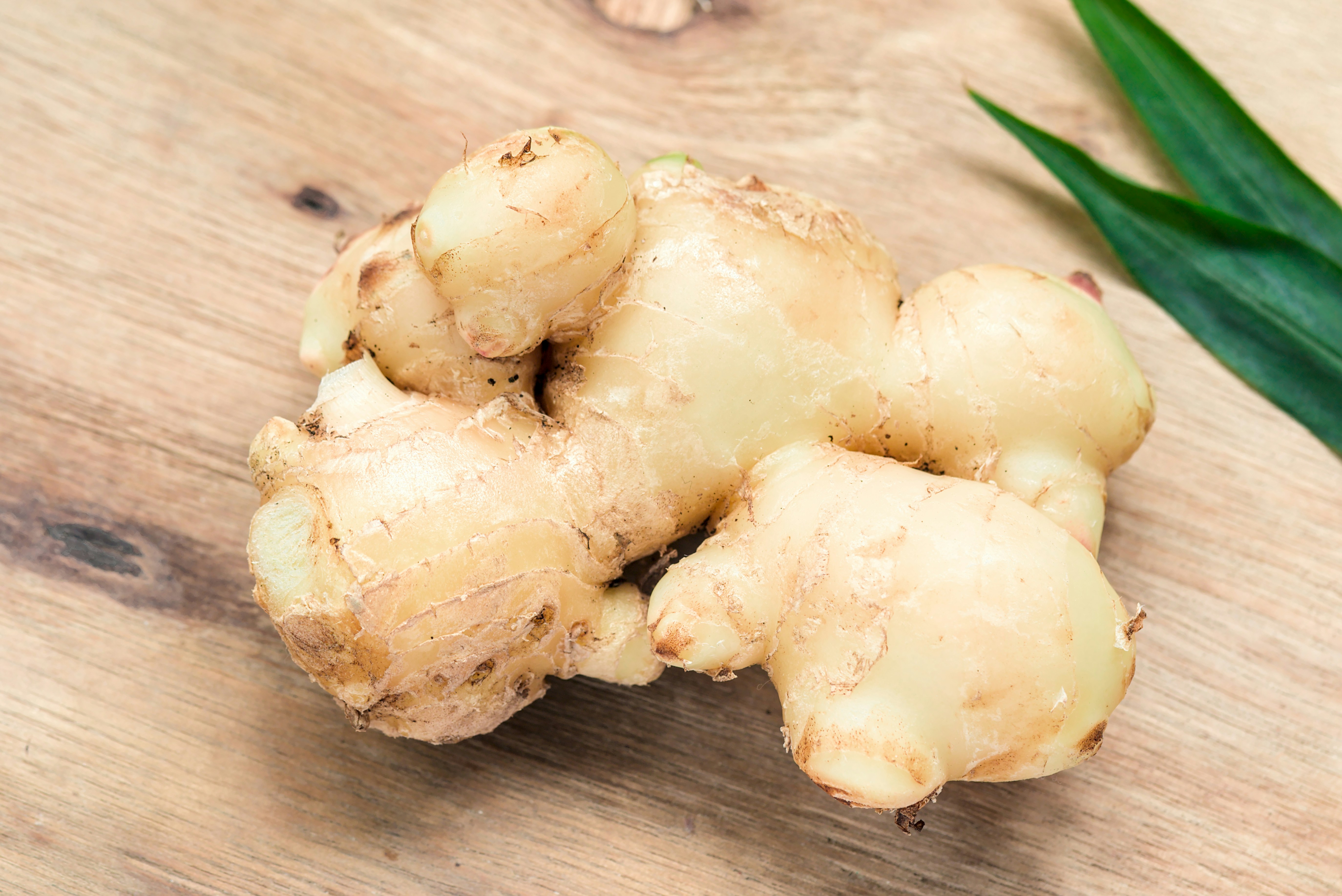
One of my favorite herbs is the sassy ginger root. Great for nausea, morning sickness, motion sickness, and food poisoning, when you’re suffering from a yucky tummy, ginger will come to the rescue. It’s also amaze-balls for cramps, colds, flus, respiratory congestion, and a sore throat. Ginger also reduces inflammation, helps to repair damaged joints, and improves circulation. It also lowers triglycerides which are linked to diabetes and heart disease. One note: If you’re on blood thinners, check with your doctor to see if using ginger regularly is appropriate for you. To use ginger, grab some (organic) fresh root at the market, peel it, and add it to boiling water to make a tea. It’s really that easy. And, again, you can easily purchase some in bags, ready for your cup, if you’d prefer.

Another staple is peppermint. Refreshing and energizing, this yummy plant is also a digestive aid and helps to relieve nausea, gas, as well as stomach cramping and spasms. It helps get the yuck out of your mouth after you’ve thrown up (sorry, I know…). Think: Altoids. Peppermint also helps muscles to relax and eases headaches, burns, stings, and even toothaches. Buy some fresh peppermint from your local nursery, get some loose leaves to make your own tea, or in a ready-made tea bag and feel yourself perking up almost instantly. Oh, and pass on this one in your tub. Here’s a good rule: If it’s spicy in your mouth, it might be too intense for your kibbles and bits.

In almost everyone’s kitchen we’ll find our next herbal ally, cinnamon. Another digestive aid (especially helpful with bloating and a sluggish digestion), this delicious plant helps to stabilize blood sugar levels, boosts vitality, clears out congestion, and improves circulation. It can also help with sluggish and/or painful menstruation. A powerful antiseptic, cinnamon also has antifungal and antiviral properties, so go ahead and make some cinnamon toast to enjoy!

A home herbal medicine kit definitely wouldn’t be complete without lavender. While there are a ton of different varieties, if you’re going to grow and consume your own, stick with L. officinalis and L. angustifolia varieties for their high medicinal properties. Whether you’re using the dried flowers or essential oil, lavender also works wonders on headaches and tummy issues, helping to relieve indigestion and stomach muscle spasms sometimes associated with IBS and Crohn’s. It’s also very calming, relieving tension and stress. While it’s a relaxing herb, it can also be uplifting and is a mild antidepressant. While some essential oils shouldn’t be applied directly to the skin, this one is fine. In fact, it’s fantastic in the treatment of staph, strep, and fungal infections (like nail fungus and ringworm). Oh, and did I mention it helps with colds, flus, burns, and the healing of scrapes? Yeah, it’s a keeper for sure. You can use some loose flowers to sip and/or bathe in, or buy some tea bags from the store.

Continuing on with flowers, calendula is basically sunshine in a blossom. And an edible blossom at that. When my youngest was a baby (he’s now just shy of 21 years old – insert wide, where-has-the-time-gone mama eyes here) I’d make his baby wipes. One of the main ingredients was calendula cream, and he rarely had a diaper rash because of it. Calendula helps to heal wounds like rashes, sores, and burns, due to its anti-inflammatory, antifungal, and antiseptic properties and can be used both internally and externally. Another use for this bright orange flower is to help with GI issues like indigestion as well as a lymphatic system booster. This is a plant that you can find at a specialty nursery easily, just keep it organic, baby.

Lemon balm is another specialty nursery find, and one that’s worth searching out. While it works wonders as a mild sedative due to its calming effect on the nervous and digestive systems, it also helps with insomnia caused by sadness and even full-on grief. A relative to mint, lemon balm has strong antiviral properties which makes it effective against herpes and shingles. This is another plant that’s fine for kids to take, so offer up a lemon balm tincture (alcohol-free, of course) to munchkins who need a bit of help calming down before bed or those who suffer from nightmares. And, as mentioned earlier, a mixture of lemon balm and chamomile will send you into a relaxed pile of happy goo. Just watch your consumption of this delicious concoction if you’re going to be driving. No zzzzz’s at the steering wheel, please.
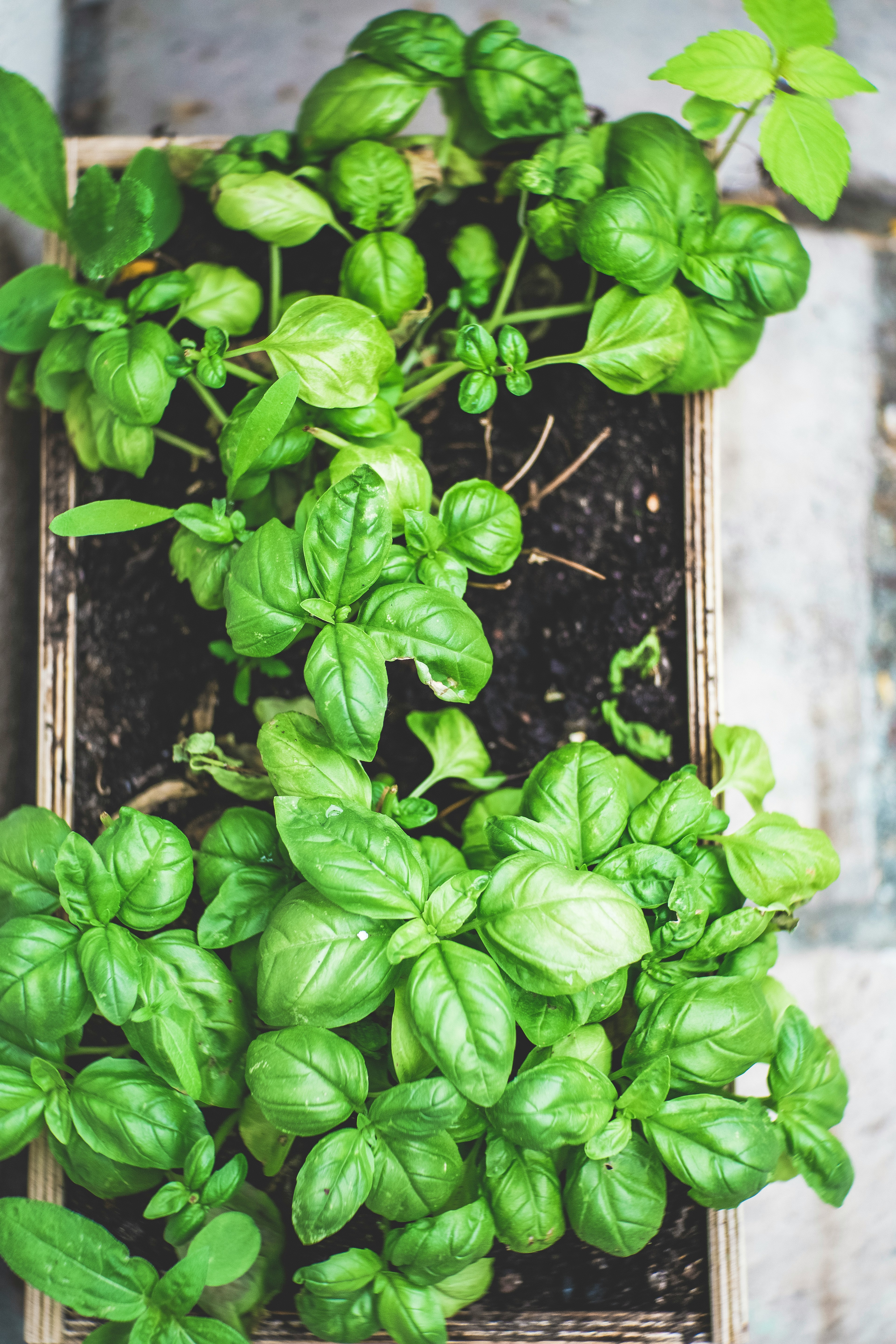
Moving onto some savory herbs, I’ll begin with the yummy basil. Did you know there are over 150 varieties worldwide? And none of them have any known negative side effects. Besides being the base for some mouth-watering pesto, basil is also a mild sedative with antibacterial properties. It helps with fatigue, depression, anxiety, and insomnia, relieves headaches and stress, and eases gas and nausea. Basil also takes the itch away from bug bites, especially mosquito bites. Here’s a trick to try out the next time you get bit: crush or even chew up a handful of fresh basil leaves until they’re pretty soft, then put that mash right on top of the bite. Leave it on for about 15 minutes or so to help with the itchy scratchies. And don’t forget you can always just add plenty to your dishes when you cook.

Besides keeping away vampires, garlic is an exceptional herbal ally because of its potent benefits. Known for boosting the body’s immune system, garlic is fantastic for treating a sore throat + colds and flus. It helps to lower blood sugar levels, stimulates white blood cells, and boosts sluggish digestion. Garlic is antiseptic both internally and externally, is antibacterial and antimicrobial, and is even effective against some forms of antibiotic-resistant strains of bacteria. And, in addition to maintaining healthy cholesterol levels and boosting the circulatory system, it’s also good for treating intestinal worms in animals and humans. Because it’s so potent and heating, sometimes it can cause heartburn and kind of irritate your stomach, so it might be too much for little kids and infants. If you’re a nursing mama, and you notice your baby is cranky after you’ve eaten garlic, consider holding off on eating this until you’ve stopped nursing. It can also be too much for sensitive skin, so avoid applying it topically and stick to eating it instead. If eating a ton doesn’t appeal to you, you can buy some capsules to help get it in ya without having to chomp down a whole clove.
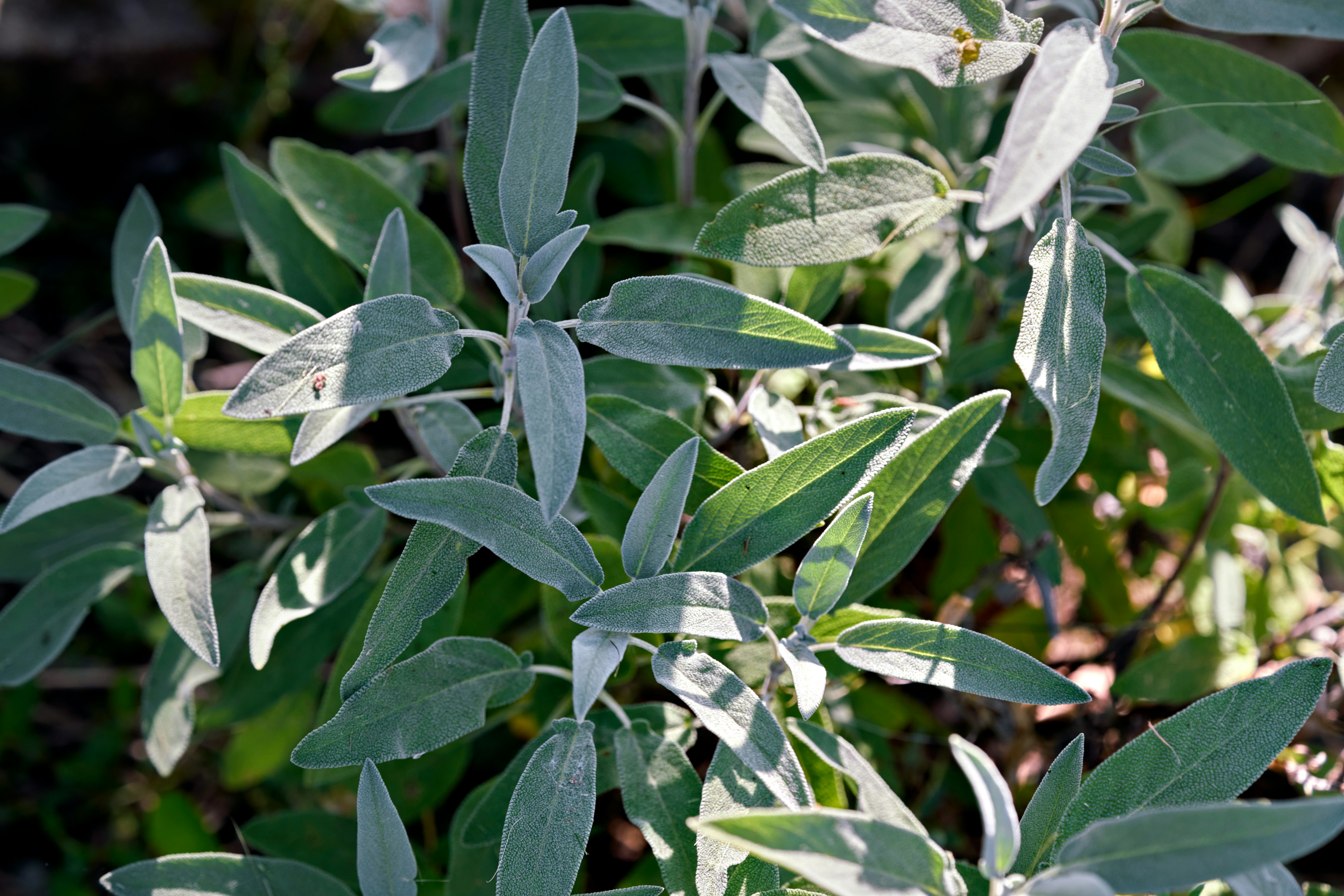
An herb that I kind of forget about using, at least when cooking, is sage. I plan on working with its medicine more because it’s good for hot flashes and night sweats (you can’t see me, but I’m raising my hand 🖐️), it’s a stress reliever – especially when you mix it with mint, rosemary, or lemon balm – (again, raising my hand), and is a tonic for the liver and a powerful aid when recovering from a long-term illness (hi, me again). A strong cold and flu fighter, sage also helps with laryngitis, tonsillitis, canker sores, and sore throats. One note to any nursing mothers out there: Consuming sage can reduce your milk flow, so avoid if you want to keep nursing, and have lots of sage if you want to dry up your milk supply. Oh, and I forgot to mention that sage also helps with the digestion of fatty meats and lowers your cholesterol. This is a plant not to forget about for sure, so sip it in some tea or try a tincture instead.
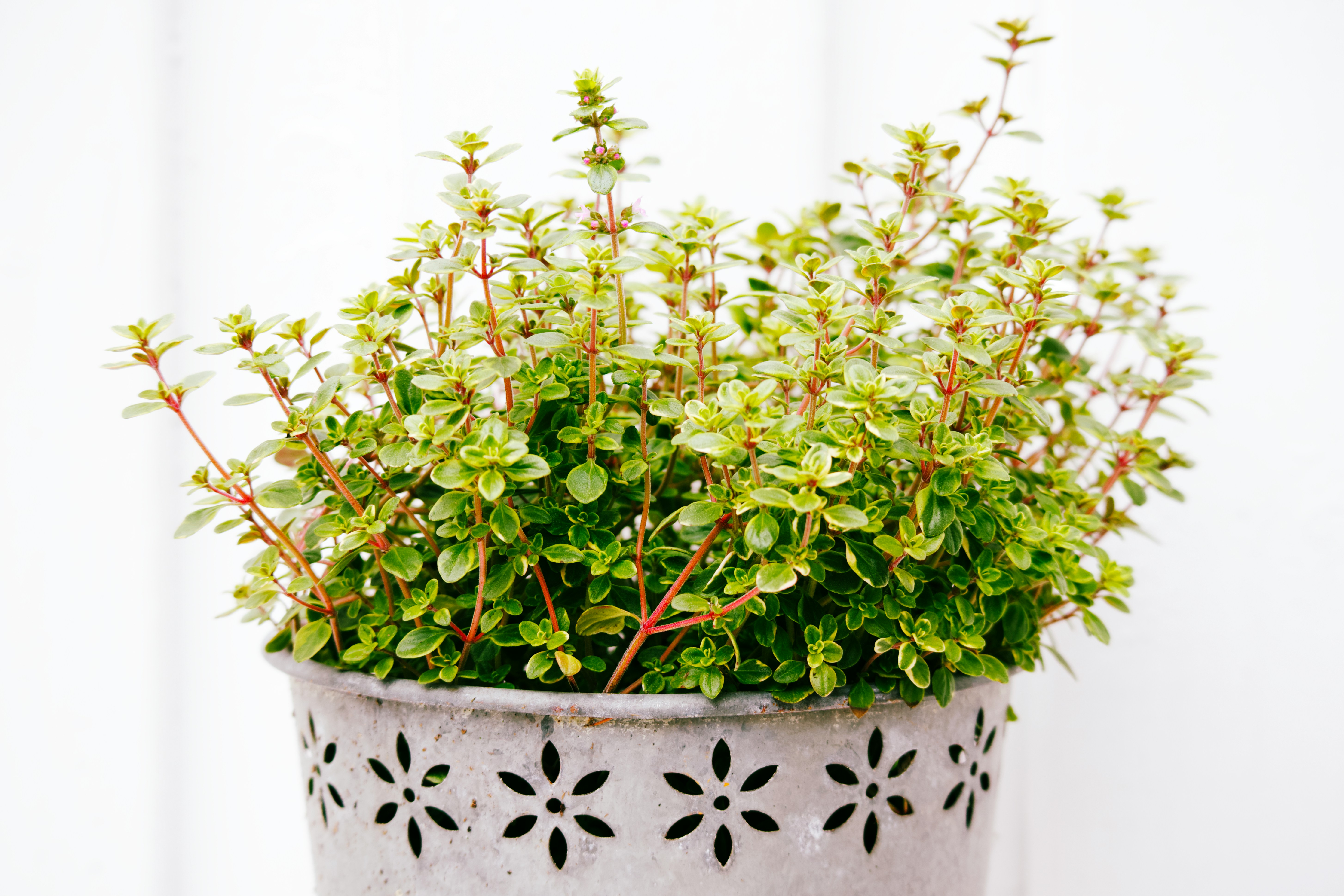
There are so many powerful cold and cough remedies when working with plant medicine, and thyme is definitely close to the top of the list. A powerful disinfectant, thyme can be used internally to help fight infection and externally as a wash for the same reason. It’s also an antifungal that’s rich in antioxidants and is superb in treating coughs and other chest issues. Easy to find and grow your own, do yourself a favor and plant some near your kitchen so it’s readily available the next time you feel like you’re going to cough up a lung — or buy a tincture to get it in you in larger amounts.
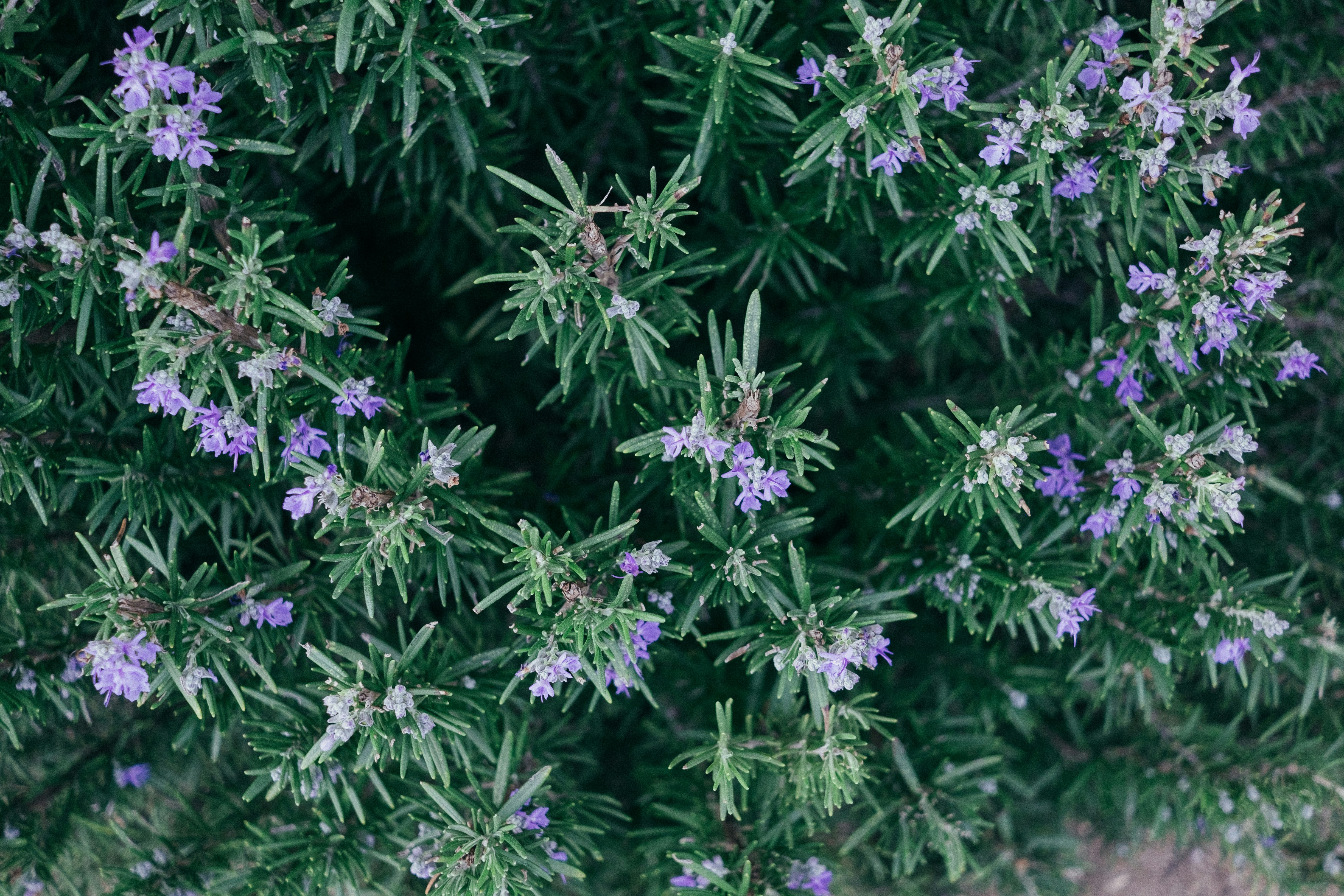
Moving on, now I’m singing “parsley, sage, rosemar-yyyy and thyme.” Which makes me realize I didn’t include parsley in this list. Okay, next time. But what got me on this song loop was thinking about rosemary – which is kind of funny, considering that it’s known for improving concentration and memory. A mild and uplifting stimulant, rosemary helps with headaches and migraines, eases mild to moderate depression, and is good for cardiovascular system issues like low blood pressure and poor circulation. So read that part again about the low blood pressure element. If you have high blood pressure, use this herb with awareness as it likely will elevate your numbers (especially systolic). Does this mean you can’t ever eat rosemary if you have high BP? Nope. Just don’t get all excessive about it, that’s all. Getting back to its benefits, rosemary is also a mild analgesic (pain reliever), an antioxidant, and is great for inflammation and helping with digestion issues. And it grows easily and smells divine when you rub your hands over the leaves. If you don’t want to sip it, take some drops of a tincture instead.

Now, if you have high blood pressure (me raising my hand again), cayenne is your friend. And a hot friend at that. Cayenne is known for its heat, which is why you definitely don’t want to get it anywhere near your eyes. And if you use it directly on your skin, it might burn sensitive skin so just be cautious. Now that I’ve given the disclaimer, here are some of the benefits of this incredible plant. Let’s start with the circulatory system. Cayenne is safe and effective for the heart and is exceptional for getting your blood circulating all the way down to your cold fingers and toes. The circulatory benefits are due to the high levels of capsaicin in this herb. In case you haven’t heard about capsaicin, it’s super effective as a topical pain reliever for arthritis, bursitis, and muscle and joint aches. Cayenne’s high capsaicin levels also send signals to the brain to release endorphins – you know, some of the feel-good hormones. Cayenne is also high in vitamins C and A, helps to relieve congestion, lowers cholesterol, and may help to reduce heart disease. Because it’s so spicy, capsules might be the way to go, so check out this option. Something to pay attention to: Because cayenne is so spicy, if you have a spicy temperament, or it's hot outside, be sure to balance the use of this herb with, say, a cooling mint at other times of the day. The last thing I want is for you to try to lower your BP but you explode like a firecracker at your loved ones.
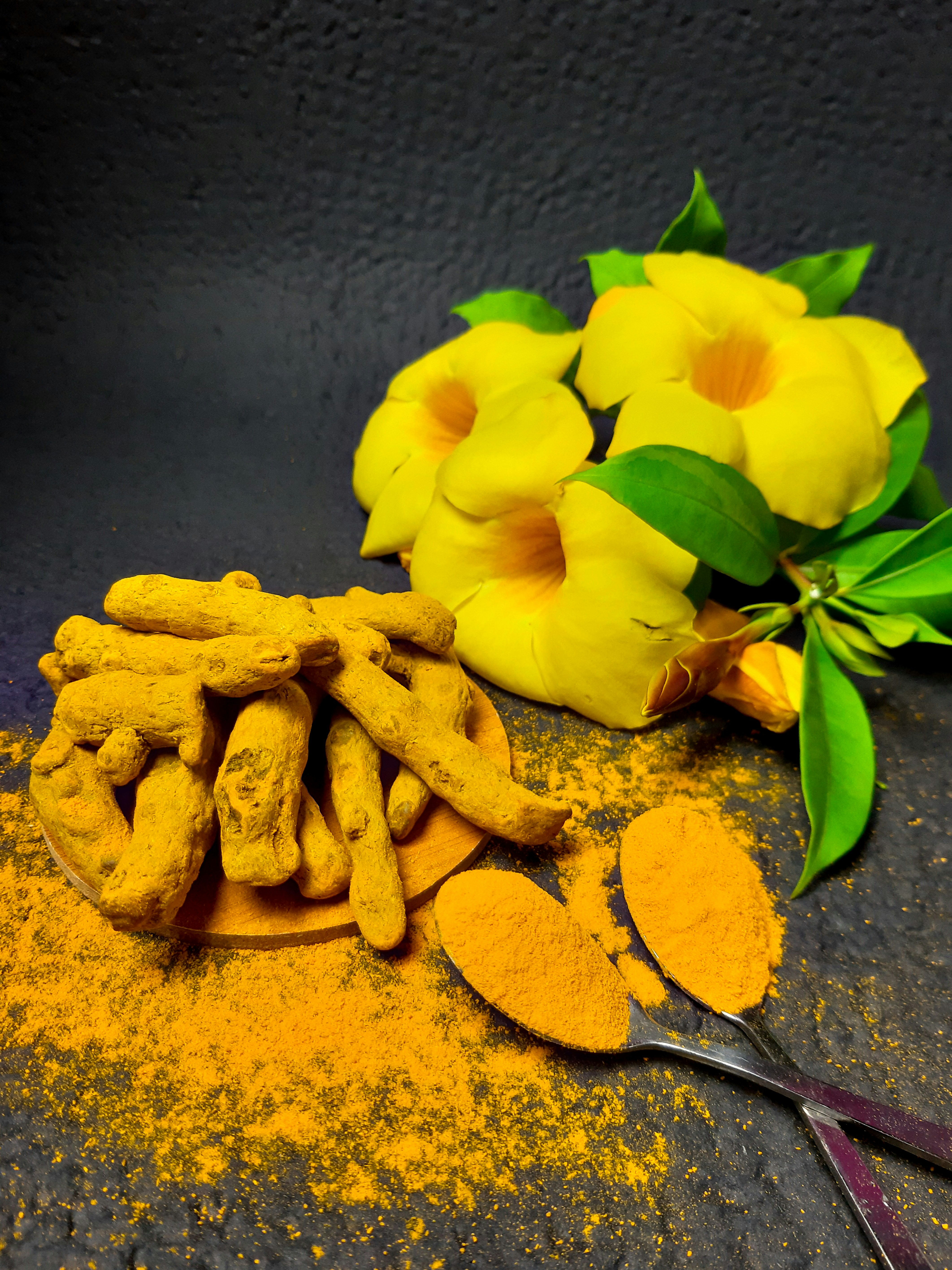
Last, but certainly not least, is the amazing turmeric. This herb has so many benefits, I hardly know where to begin. Turmeric is known for its anti-inflammatory and immune-enhancing properties, as well as being a fabulous source of antioxidants (even stronger than vitamin E). It’s a digestive aid, stimulates the flow of bile, and has strong anticoagulant actions. That means that, while it’s helpful at preventing the formation of blood clots, you should beware if you’re taking blood thinners. Turmeric is also good for chest colds and coughs, helps with arthritis, liver and gallbladder disorders, and is stronger than hydrocortisone because of its high levels of curcumin (which is a powerful agent against several types of cancers including breast, colon, prostate, lymphoma, and skin cancers). A trick that I use is adding turmeric in my oil as I’m heating up a pan to make eggs in the morning — because an additional benefit of this herb is that it helps keep the gas away after eating eggs! You can also sip some tea or take some in capsules as well.
You can see why I included each of these plants in this list. Their benefits are immense!
Now, as we’re getting into the summertime heat, beware of getting too spicy with your herbs (this is the Ayurvedic medicine disclaimer part). As I mentioned above, go easy on the heat or balance it out with some cooling herbs so you don’t turn into a human firework. I’m looking at you cayenne, ginger, turmeric, garlic, and cinnamon…
Enjoy working with these herbs! 🌿